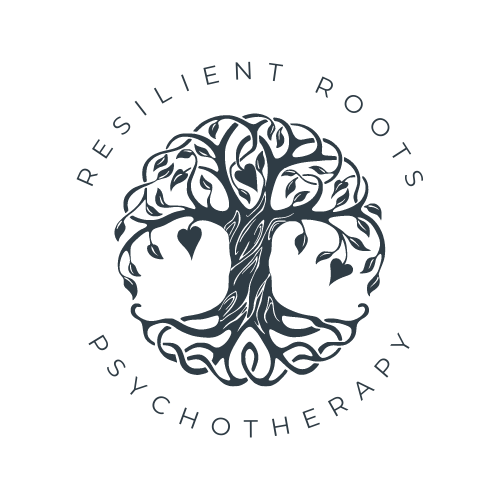8 Ways to Manage Seasonal Depression
Seasonal depression, also known as Seasonal Affective Disorder (SAD) or “the winter blues”, is triggered by the changing seasons typically during fall and winter. Symptoms may occur every year around the same time and typically come to pass in the spring.
As the seasons turn and the days get shorter, our energy levels shift too. For some, this energy shift causes a significant change in our mood and functioning, leading us to feel depressed.
Signs of SAD may include:
Feeling sad, irritable, or fatigued
Experiencing low motivation
Loss of interest in hobbies and activities
Feeling guilt or shame
Difficulty sleeping or sleeping too much
Withdrawing socially from friends and family
Difficulty concentrating
Changes in weight and/or appetite
Decreased physical activity
Feelings of hopelessness or worthlessness
Thoughts of death and/or suicide
It is always important to have a metaphorical toolbox of healthy coping skills, especially when we feel depressed. To help manage SAD, here are some things to consider:
Be active: Exercise combats mental health challenges as it releases certain neurotransmitters (like dopamine and serotonin, also known as the happy hormones). If an intense workout requires too much effort, consider activities like walking or yoga. Move your body as much and as often as you can.
Connect with your supports: Depression can cause us to socially withdraw from friends and family. It can be helpful to make social connection a priority, whether that’s chatting in person or on a call.
Maintain a balanced diet: Eat healthy, nutritious meals at consistent intervals. Eating plenty of fresh foods will keep your energy up and improve your mood.
Get a light therapy box: One theory about the development of SAD relates to the lack of sunlight we experience on a regular basis due to daylight savings. A light therapy box provides exposure to artificial sunlight and can help alleviate symptoms of depression.
See your doctor: Vitamin D deficiencies can contribute to the onset of SAD. Your doctor can order bloodwork to check for such deficiencies and prescribe vitamins if necessary. You may also decide to talk to your doctor about taking antidepressants to get you through the winter.
Don’t take on too much at one time: When we’re depressed, we can easily feel overwhelmed even by the smallest of tasks. If you’re struggling to clean your environment, take it one step at a time. Focus on cleaning the dishes, vacuuming one room, or putting one load of laundry in the wash. Same goes for tasks like personal hygiene - if showering requires too much effort, brush your teeth or wash your face.
Find an outlet: Consider taking up a new hobby, like journaling, reading, knitting/crocheting, meditation, coloring, listening to podcasts, dancing, baking - the options are endless! Consider activities you may find enjoyable or have found enjoyable in the past.
Go to therapy: There’s no shame in seeing a therapist! Therapy is helpful because it gives you the opportunity to work with someone who is unbiased and can give you the support and tools you need to work through depression.
Depression can be debilitating, and you don’t have to suffer in silence. If you’re struggling with SAD, please reach out today.

